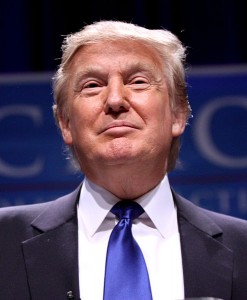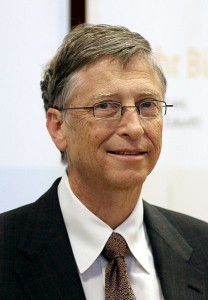Howard Robard Hughes, Jr. was born on Christmas Eve (December 24) 1905, His father Howard Robard Hughes, Sr. started the Sharp-Hughes Tool Company with a partner in 1909. Howard, Sr. received two US Patents for his invention of a drill bit (the Hughes rock bit), that would be able to penetrate thick rock formations, allowing oilmen to drill further to reach the richest of oil reserves.
In 1913, Hughes, Sr. acquired 100% of the company and renamed it the Hughes Tool Company. Howard Jr’s privileged life allowed him to attend the finest schools in the United States. With the passing of his mother in 1922 and his father in 1924, young Howard became majority owner of his father’s company. His uncle handled the affairs of the company, although Howard owned 75% of the company, until he decided to acquire the remaining 25% held by his other family members and getting a court to declare him an adult.
Others handled the day-to-day operations of Hughes Tool, as Howard pursued a career in movie making, his true ambition. Shortly after marrying Ella Botts Rice (1904-1992), they moved to Los Angeles, where Howard took to a film career. His first tow films achieved great financial success and Two Arabian Knights, won an Academy Award for best director. From 1927 to 1932 he produced several hit movies and built his movie empire alongside some of the most famous stars of the era.
His next pursuit was in aviation, he had received a junior pilot license when he was 14 years old, and always had a love for flying. In the early 1930s, Howard bought a used Army Air Corps racer, leased hangar space and hired designers and engineers to remodel that racer into the H-1, the fastest plane in the world. On 1932, he named his new venture Hughes Aircraft Company, a subsidiary of Hughes Tool Company.
In 1935, he set the land speed record of 352 mph, (although two others disputed the record). He went on to set the coast to coast record by flying from New York to California in 7 hours 28 minutes in 1937, being named Aviator of the Year for this feat. On July 10, 1938, Hughes set another world record by flying around the world in just 91 hours, beating the previous record by more than four days. Taking off from New York City, he flew to Paris, Moscow, Omsk, Yakutsk, Anchorage, Minneapolis, and finishing his trek in New York City.
He continued to build his aircraft, and became a defense contractor during World War II. His other ventures include acquiring a large portion of TWA airlines for $7 million, which, he sold for a net profit of more than $540 million several years later when the US Government filed an antitrust suit against him.
In 1953, Howard formed a charitable trust, the Howard Hughes Medical Institute and transferred ownership of Hughes Aviation to the Institute. (Who subsequently sold it in 1985 to GE for $5.2 billion). He ventured further into space exploration forming two more companies under his name.
In 1965, Hughes Early Bird satellite was the first communication satellite launched for commercial use, and in 1966, his Hughes Surveyor spacecraft was the first to make a soft landing on the moon.
In 1966, Howard went to Las Vegas and speculated in real estate, eventually acquiring ownership of 6 casinos and several television studios. Howard handled his operations from the 8th floor of the Desert Inn Hotel and Casino, where he took up residence. His total acquisitions in Las Vegas had cost him more than $300 million.
In 1970 he left Las Vegas and became a reclusive self-exile from the United States. In 1973 his companies were all combined under one corporate name, The Summa corporation (which in 1994 was renamed The Howard Hughes Corporation).
On April 15, 1976, Howard Hughes, while en route by airplane from Acapulco, Mexico to a medical facility in Texas, passed away. The next 14 years would see his estate settled through more than 400 claimants and dozens of hoaxes to attain some of his nearly $2 billion fortune.

